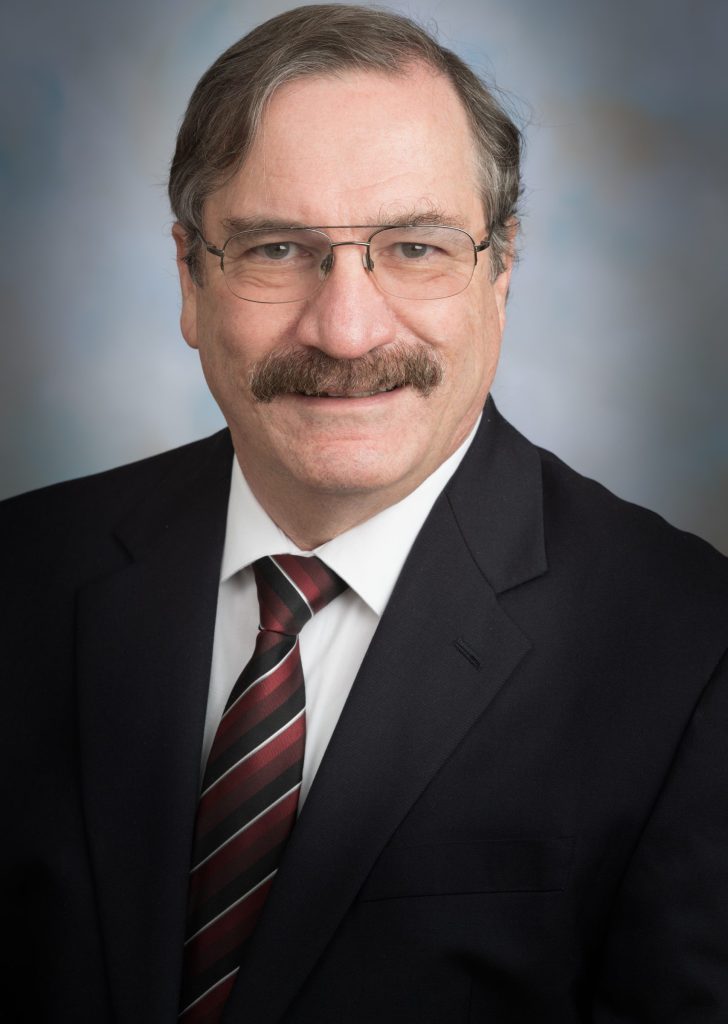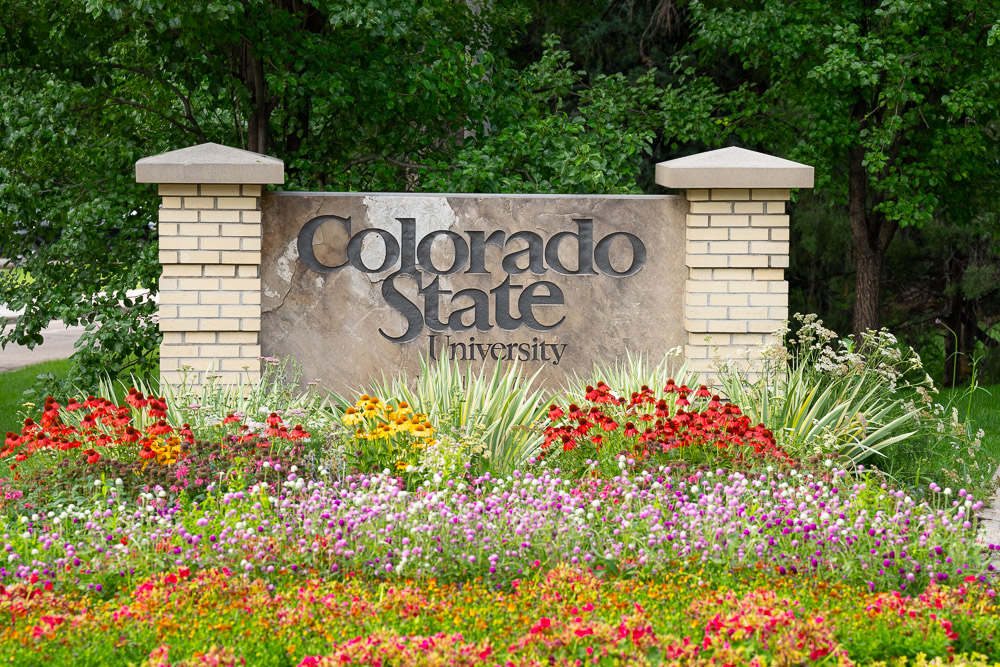
Welcome!
Our department is recognized both nationally and internationally for education, research, service and outreach. The faculty, research staff, and students in our department are extremely active in conducting cutting-edge research in numerous areas of civil and environmental engineering, as evident in part by our research expenditures: $15.1M (FY23). Such research serves not only to solve real-world problems of current state, national, and international significance but also to push the envelope of the discipline so that future generations can reap the benefits of our efforts toward enhancing society’s ability to sustain and develop the infrastructure necessary for our continued existence and quality of life.
Our campus is located in Fort Collins, Colorado, 65 miles north of Denver at the foothills of the Rocky Mountains with the Cache la Poudre River flowing through the city. Fort Collins has a population of approximately 170,000 and is routinely recognized as one of the most desirable places to live in the entire country.
We are proud of our Department, our College, our University, and where we live. We invite you to join us!
Our Mission
The mission of the Department of Civil and Environmental Engineering is to prepare our graduates for creative and effective leadership in engineering practice, education, research, service, and engagement. Graduates shall have the ability to support engineering infrastructure, environmental sustainability, economic development, and quality of life with an interdisciplinary emphasis on responding to global changes in society and the environment.
Our Vision
The vision of the Department is to be among the world’s premier academic programs in Civil and
Environmental Engineering, excelling in teaching, research, and professional service. The Department shall provide educational and research programs of the highest quality in both civil and environmental engineering.
The Department recognizes and represents Colorado State University’s commitment to the citizenry of Colorado, the nation, and the international community. In keeping with that commitment, the Department shall maintain nationally and internationally recognized programs of instruction, research, and outreach in areas of critical societal need including energy, environment, infrastructure, and water.
The Department shall support a diverse community of faculty, staff, and students in a collegial environment that fosters the development and professional achievements of each individual, groups of individuals, and success of the Department as a whole.
#12
Online Civil Engineering graduate program in the nation
(Online Schools Report Rankings, 2023)
#34
Environmental Engineering graduate program in the nation
(U.S. News and World Report Rankings, 2023)
#36
Civil Engineering graduate program in the nation
(U.S. News and World Report Rankings, 2023)
Our Commitment to Diversity
Diversity strengthens educational and engineering communities. We welcome to our community as equal contributors all who share our goal to improve society regardless of race, ethnicity, culture, religion, sexual orientation, gender identity and expression, physical ability, age, socioeconomic status or nationality.
Plan Your Visit
The department office is located in the Engineering Building, Suite A203 (top floor, west end). Hourly paid parking is available north of the building in Lot #310. View campus map.
Our Endowments
Whitney Borland was born in Holyoke, Colorado. He worked at the US Bureau of Reclamation from 1930-1942, and from 1942-1946, he served in the 10th Mountain Division in World War II. He returned to the USBR in 1946 and remained there until 1972. During his time at USBR, Borland worked at the hydraulics laboratory at CSU, using models to test the designs of several major dams. Later in his career, Borland made major contributions to understanding sediment yields from drainage basins, sediment transport in channels, and sedimentation in reservoirs.
The Borland Professor of Water Resources is held by Mazdak Arabi.
The Borland Professor of Fluid Mechanics is held by Karan Venayagamoorthy.
The Borland Professor of Hydrology is held by Ryan Smith.
The Borland Professor of Hydraulics is held by Ryan Morrison.
The Faoro Professor in Water Resources is funded through a series of gifts made by Abraham B. Faoro and his wife Jean M. Faoro. Faoro earned his BS in civil engineering at CSU in 1932.
The Faoro Professor in Water Resources is held by Jeffrey Niemann.
Harold H. Short earned his BS in civil engineering at CSU in 1940. Short partnered with James G. Milne in Milne Ready Mixed Concrete Inc. and under his management, the company evolved from a small sand and gravel company into Flatiron Companies, which included paving, concrete, sand and gravel, and development businesses.
Contributions from Short and his family include the establishment of endowed scholarships in three colleges and land contributions. They made the first major gift to launch the Morgan Library campaign and in 1997, the Shorts gave $2 million to the engineering and physics campaign. This gift helped to fund the expansion and renovation of the Engineering building, create the Harold H. Short Civil Infrastructure Systems Laboratory, and establish the Infrastructure Chair in the College of Engineering.
The Harold H. Short Endowed Chair is held by John van de Lindt.
Our History
Elwood Mead (1858-1936)
Ralph Parshall (1881-1959)
Vujica Yevjevich (1913-2006)
Jack Cermak (1917-2006)
Daryl Simons (1918-2005)
Maury Albertson (1918-2009)
Our Policies and Procedures
